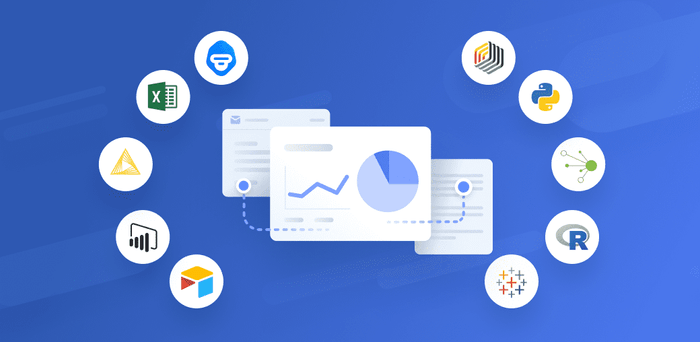Data analytics is the key to unlocking the useful insights businesses generate in their wide variety of data. Data analytics may assist a company with everything from tailoring a marketing message to a specific client to recognizing and reducing business hazards.
The field of data science is developing rapidly as new technologies and methods emerge. Companies must have skilled individuals who understand how to use these technologies effectively.
Table of Contents
ToggleGood decision-making assistance:
Long-term decision-making is improved with effective data assessment tools, which is one of its main advantages. Companies are increasingly considering data before making decisions rather than just relying on knowledge.
This is especially important for companies that have experienced a change in leadership. When new CEO takes over a company, they often have to make critical decisions based on limited knowledge of the company and its operations.
Making these decisions without data can lead to poor outcomes because facts or statistics don’t sufficiently inform them. Large companies often have access to large amounts of data regarding their customers and products, but smaller businesses may not have access to such information.
Small businesses may find it more challenging to make informed decisions regarding their goods and services due to this lack of access, thus making it harder for them to stay competitive with larger companies.
Reducing risk and fraud:
The goal of security and fraud analytics is to safeguard all material, financial, and intellectual resources against exploitation by both internal and external threats. Effective data and analytics capabilities will deliver the best levels of fraud protection and overall organizational security.
The ability to detect potential risks is vital to reduce the impact of attacks on your business. As companies grow their digital footprint, they need to be able to predict threats with greater accuracy than ever before. Data-driven insights can help protect your people, processes and technology from cybercrime.
Personalize the experience for customers:
Organizations can use customer data to improve the customer experience. For example, to promote its electronic sales in product categories that customers have long been interested in, a firm can evaluate its sales data and the data from its advertising pages and then develop advertising campaigns.
Organizations can conduct behavioral analyses of customer data to improve customer service. For example, companies can identify customers likely to purchase certain products based on their analysis of customers’ purchasing habits. They can then target them with offers for these products when they are most likely to buy them.
Providing Relevant Goods:
When the situation comes to keeping up with the latest trends and innovations, companies are always looking for ways to stay ahead of the game. But how can you know what your customers want if you’re not already thinking about it?
The answer is simple: by taking advantage of all available information and analyzing it carefully, you can gain insights into the wants and needs of your customers that would otherwise be impossible to get. With the help of third-party sources like social media, this information is easier than ever before!
By using data assessment tools from sources like Twitter and Facebook, you’ll be able to see what your customers are talking about at any given time and how their opinions change over time.
This helps companies stay competitive when demand changes or new technology is developed and facilitates anticipation of what the market demands.























